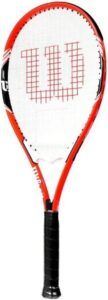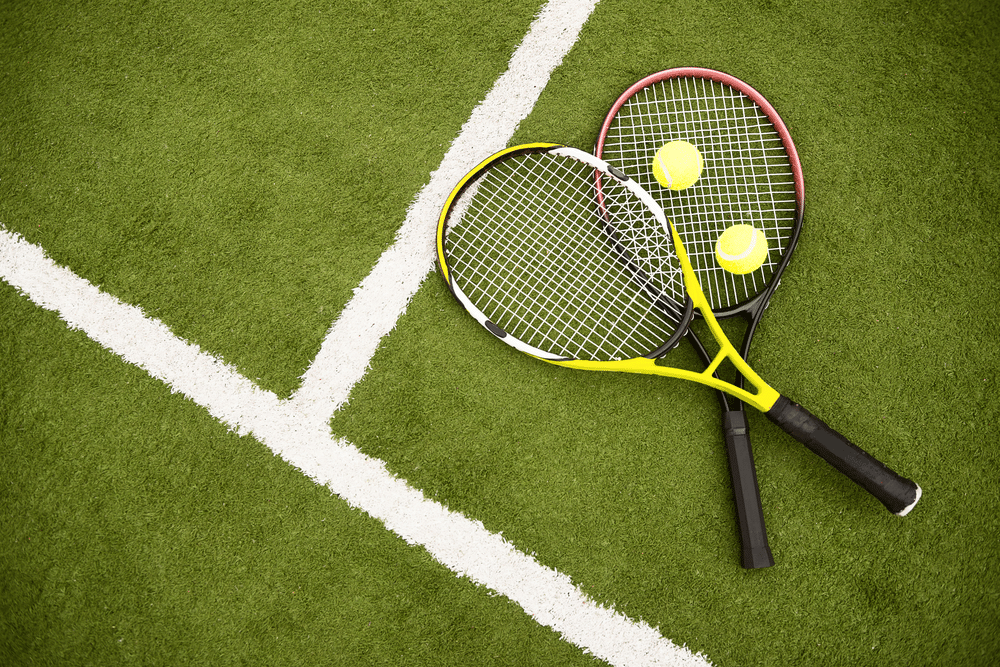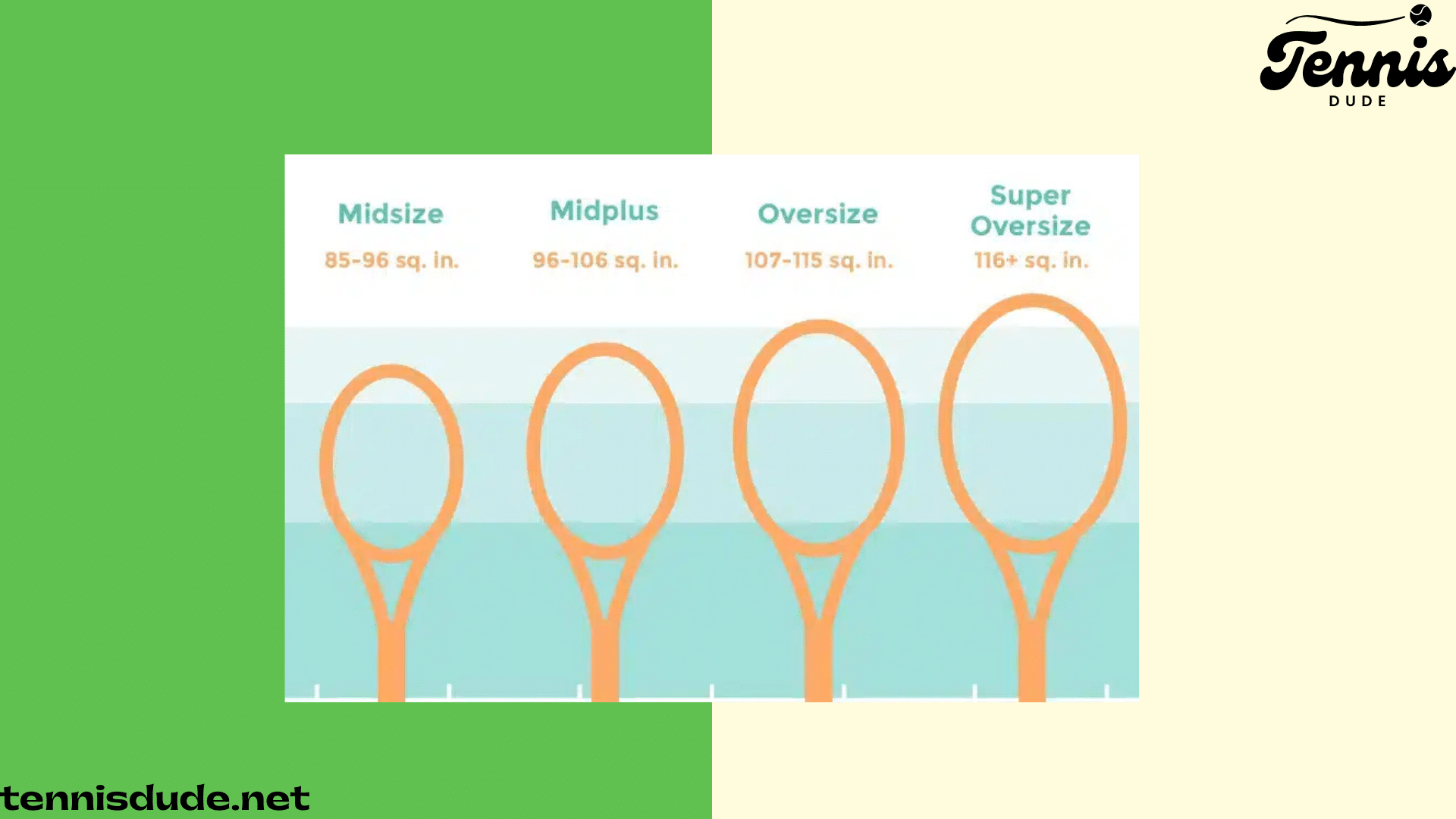Have you ever questioned whether your tennis racket is truly helping you shine on the court? More than just a tool, your racket serves as an extension of your talent, tactics, and love for the game. Whether you’re firing off blistering aces or executing delicate drop shots, the right racket size can elevate your play, offering enhanced control, power, and accuracy. Yet, with countless options on the market, finding your ideal match can feel overwhelming. This guide simplifies the process, revealing the keys to selecting a racket size perfectly suited to your playing style, so you can step onto the court with confidence and play at your peak.
This guide explores the details of selecting the appropriate tennis racket size. It provides information, advice, and considerations to enable players of all skill levels to make well-informed choices that elevate their game to new heights.
Consider Your Skill Level
Consider your skill level when selecting a tennis racket. It’s essential for beginners to choose a racket size that promotes learning and allows for error forgiveness. Larger racket heads usually have more surface area, which increases hitting power. This is less important for more seasoned players. Who might like smaller rackets that provide more control and enable accurate shot-making specific to their playing style.
Skilled players frequently choose rackets that enhance particular methods and approaches. A player with a strong serve could select a racket with additional weight in the head to enhance swing momentum. However, a player with a light touch at the net can search for a lighter racket that provides faster movement. Your preferred playing style—net play, all-court versatility, or domination at the baseline – should greatly impact the size and features of the racket you select. Optimizing these variables about your skill level can help you play the game more effectively and enjoyably.
Racket Head Size
A player’s performance and style of play are greatly influenced by the racket head’s size, making it an important consideration when choosing a tennis racket. The usual range of tennis racquet sizes is 85–110 square inches. Smaller head sizes are excellent for players who can consistently hit the sweet spot since they provide more control, a preference shared by more experienced players. Those who play a technical, aggressive golf style and favor sharper, more controlled strokes may find this helpful precision.
However, larger heads offer more power and a larger ideal area, so they are suitable for beginner to intermediate players who might use the extra favor on off-center shots. The player’s skill level and playing style should be considered when selecting a tennis racket size. Advanced players frequently choose mid-size or even smaller frames to take advantage of increased control and movement, customizing their gear to match their precise, seasoned playstyle. Recognizing these subtleties enables every tennis player to choose a racket that best fits their style of play and plays to their strengths.
Grip size
Any tennis player knows how important it is to select the proper grip size because it significantly affects comfort and performance. The grip sizes of tennis racquets typically vary as well, from 4 inches for junior tennis racquets to 4 ⅝ inches for adults. The right grip size when choosing a racket can assist in preventing problems like tennis elbow and allow for improved control, especially for more experienced players.
Measure from the center crease of your palm to the tip of your ring finger to determine the perfect grip size. Your needed grip size and this measurement typically correspond nicely. Junior players’ progress in the sport is aided by lighter rackets with smaller grip sizes, which make it easier to handle the racket and strike tennis balls.
Advanced players prefer a grip that feels comfortable and natural since an excessively large or small grip might make it difficult for them to make powerful strokes and alter their overall game strategy. Recall that decreasing the grip size is more difficult and frequently not advised, even though you can add an overgrip to slightly increase the diameter.

Product Details
- Size Grip Size 3 - 4 3/8"
- Brand WILSON
- Grip Size 4 3/8 inches
- Sport Tennis
- Material Aluminum
- Skill Level All
Length
The right length and size in tennis racket selection are vital for optimal comfort and performance. Adult tennis racket lengths typically range from 27 to 29 inches, with 27 inches being the most popular length. This standard length provides a nice mix of reach and mobility for most adult players.
The size of the racket head is also very important. The sizes of racket heads vary from 85 to 135 square inches. It is appropriate for beginners to intermediates because of its broader head, creating a bigger sweet spot that forgives off-center shots. On the other hand, skilled players may choose a smaller head size to have more control and accuracy.
The length of the racket and the size of its head must be considered while selecting the proper tennis racket size. A racket appropriate for your height, strength, and skill level as an adult will improve your game and help you make more accurate shots while lowering your risk of injury. The correct racket can make all the difference while serving, volleying, or returning the serve.
Weight and Balance
The subtleties of weight and balance are important when choosing a tennis racket because they significantly impact your play. In addition to ensuring improved control, a well-balanced racket can lower the chance of damage. It is often simpler to strike the ball forcefully without using too much effort while using a larger racket because it provides greater power and stability. On the other hand, a lighter racket improves movement and enables faster swings and net responses.
The size of the racket is an important consideration to take into account, especially the square-inch head size. The sweet spot, or the part of the string bed that offers the most efficient and forgiving contact with the ball. It is typically more significant with larger heads. Beginners benefit most from rackets with a more prominent sweet spot since they are more forgiving on off-center shots and improve playability overall.
Choose a tennis racket whose weight, balance, and head size correspond to your skill level and playing style to maximize performance. The ideal balance can improve your performance, whether you require a heavier frame’s added strength or a lighter model’s quick handling.
for more details visit this website for the weight and balance of tennis racket.
Conclusion
Selecting the right tennis racket size is pivotal to maximizing your performance and enjoyment on the court. From considering grip size to factoring in weight and balance, each detail influences how effectively you can play and how comfortable you feel. Beginners may benefit from larger racket heads and lighter frames, while advanced players often prefer smaller, more precise options tailored to their refined skills. The perfect racket enhances your control, power, and precision, ultimately aligning with your unique playing style. By taking into account variables like skill level, racket head size, and length, you can find a racket that complements your game. Remember, the right tennis racket is not just equipment—it’s your key to dominating the court with confidence.





